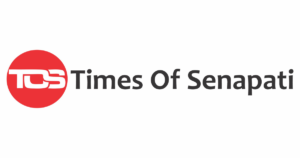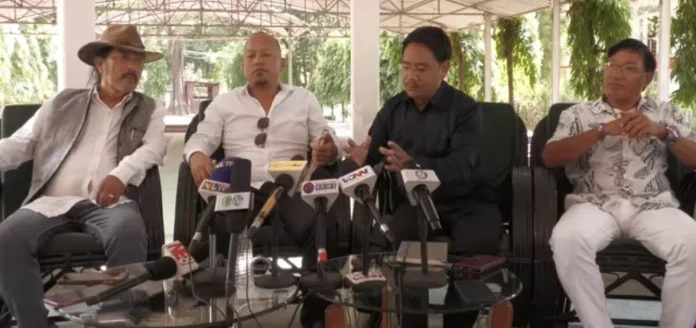DIMAPUR, June 12: In a renewed push for a long-awaited resolution to the Naga political issue, key Naga National Political Groups (NNPGs) and the NSCN-IM have signaled willingness to rise above internal differences following crucial closed-door meetings on Wednesday with the Centre’s interlocutor, A.K. Mishra, in Chümoukedima, Nagaland.
Mishra, who arrived on Tuesday evening, resumed critical discussions with various groups for an early solution to the Naga Political Issue.
After the meetings, Isak Sumi, convener of the NNPG Working Committee, said the ongoing efforts are centered on creating a comprehensive and inclusive implementation plan involving political groups, civil society, tribal bodies, and religious leaders. “For too long, the Naga people have been kept in suspense. Disappointment and disillusionment have crept in due to the delay,” Sumi said. He acknowledged that in the past, political groups had prioritized their own interests over the collective interest of the Naga people, and offered a public apology for the same.
Sumi emphasized that the focus now is not on which faction signed which agreement but on achieving a unified and inclusive solution. “We did not come here to claim ownership of the Agreed Position. We came here as Naga leaders to push for a solution,” added Working Committee member P Tikhat.
The talks addressed the longstanding friction between the ‘Framework Agreement’ signed by the NSCN-IM in August 2015 and the ‘Agreed Position’ signed by the WC-NNPGs in November 2017. Despite these differing paths, leaders on both sides expressed a shared vision.
“There may be two agreements signed by different groups, but both serve one purpose. In time, they will converge into one solution,” said NSCN president Wangtin Naga.
While internal disagreements among the NNPG factions remain, the leadership asserted that these divisions must not be allowed to derail the broader peace process. “The Government of India is not interested in internal differences—it wants a solution that is honourable and acceptable. We must now show unity to the world,” said WC-NNPG leader C Singson.
He added that delays in the peace process were not solely due to the Centre’s position but also stemmed from internal disunity. “It’s time for forgiveness, for acceptance. The Naga issue belongs to the people, not to any one group,” he noted.
Sumi expressed cautious optimism, highlighting the NNPGs’ ongoing cooperation with the Forum for Naga Reconciliation, particularly the Core Naga Reconciliation Committee. “We hope that total unity will come once the Government of India formally calls for a solution,” he said.
Ghukiho T Zhimomi, secretary of the faction led by Kitovi Zhimomi, also expressed hope. “We had a very interesting meeting today. The objective was simply to find an early, honourable solution to the Naga problem,” he stated.
The peace talks with the NSCN-IM, the most prominent Naga insurgent group, began after a ceasefire agreement in 1997. A Framework Agreement was signed in 2015, but talks stalled over the group’s key demands for a separate flag, constitution, and integration of Naga-inhabited areas—demands the Centre has yet to accept.
Meanwhile, the Centre began parallel talks in 2017 with the WC-NNPGs, a coalition of seven groups, culminating in the Agreed Position later that year. The WC-NNPGs have declared they are willing to accept what is achievable at this stage while continuing to engage on unresolved issues.

